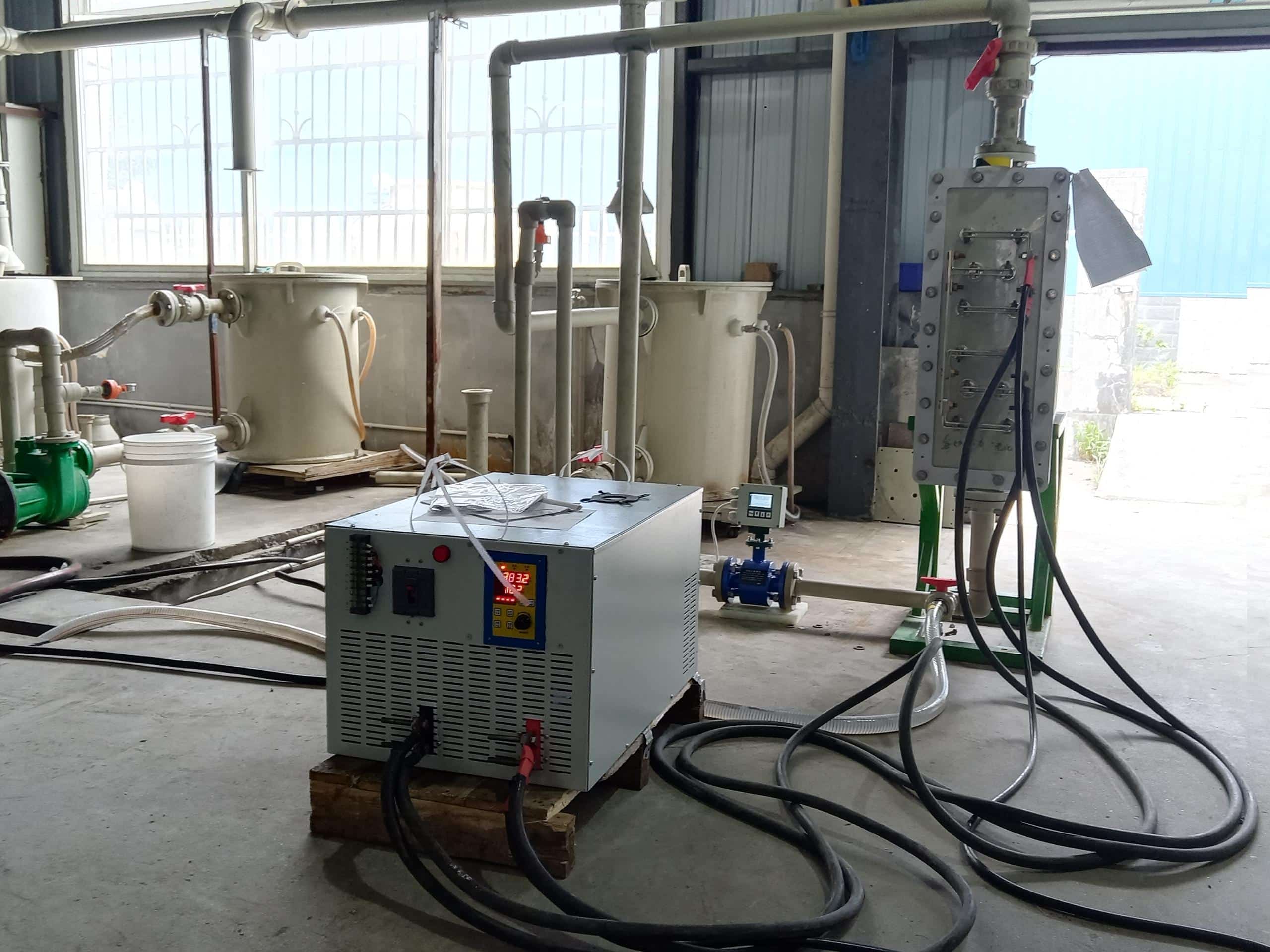29
06
Challenges and Solutions for Pesticide Wastewater Treatment: Case Study of Jiangsu XXX Pesticide Manufacturer
Pesticide wastewater characteristics
There are many varieties of pesticides, and the water quality of pesticide wastewater is complex.
high concentration of pollutants, chemical oxygen demand (COD) can reach tens of thousands of ppm
high toxicity. The wastewater contains pesticides and intermediates, but also contains phenols, arsenic, mercury and other toxic substances and many biodegradable substances
malodorous, irritating to the human respiratory tract and mucous membranes
unstable water quality and quantity.
Therefore, the pollution of pesticide wastewater to the environment is very serious. The purpose of pesticide wastewater treatment is to reduce the concentration of pollutants in pesticide production wastewater, improve the recycling rate, and strive to achieve harmlessness.
The new pesticide wastewater treatment project is designed for a pesticide manufacturer in Jiangsu Province
Wastewater type: Wastewater in the process of pesticide production
Treatment scale: Daily treatment capacity 800 m3/d
Influent water quality parameters:
COD<55,000mg/L, BOD<4,000mg/L, chromaticity<10,000 times.
Effluent water quality parameters:
COD<530mg/L, BOD<620mg/L, chromaticity<300 times
Solution: Micro-nano air flotation + buffer tank/filter + BDD integrated treating module

This process effectively decomposes and removes highly stable organic pollutants in water, reduces mutagenic activity of water and significantly improves the safety of factory water; degrades organic matter in wastewater at a lower treatment cost and achieves stable and standard discharge of wastewater from wastewater plants.
The process is oxidative degradation and decomposition of pollutants, rather than concentration and enrichment, and no thick liquid is generated.
The whole set of treatment process is simple in operation and high in automation, and the reaction equipment is compact in volume and small in area.
The pesticide wastewater treatment process reduced the microbial toxicity, COD greatly removed. The project has been running for two years, the system is stable and the effluent quality is good, which reduces the operating load and ensures the stable operation of the system.

